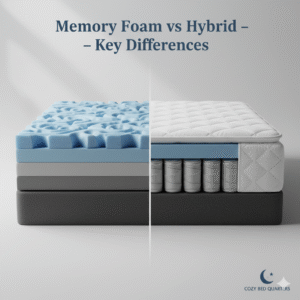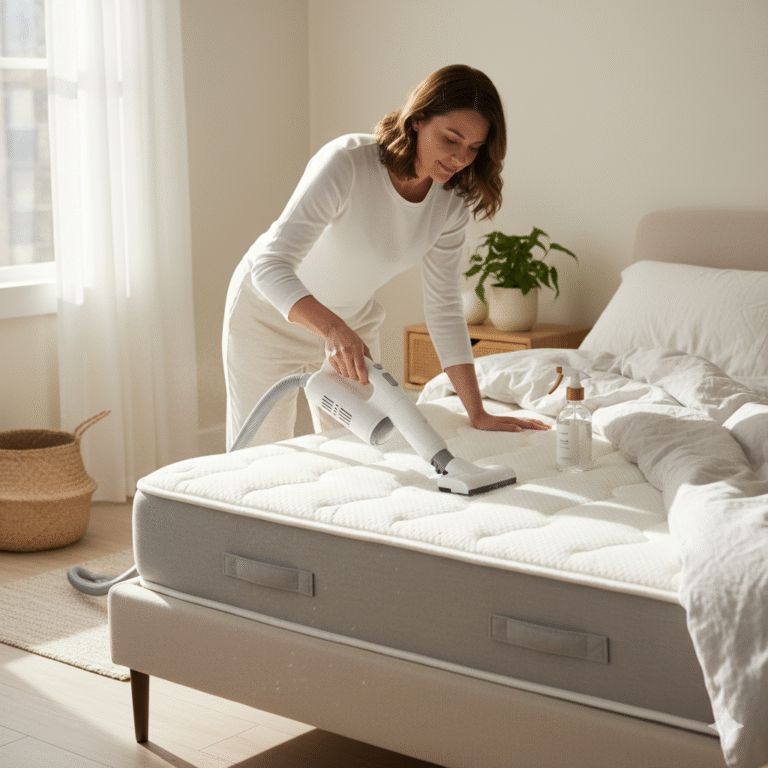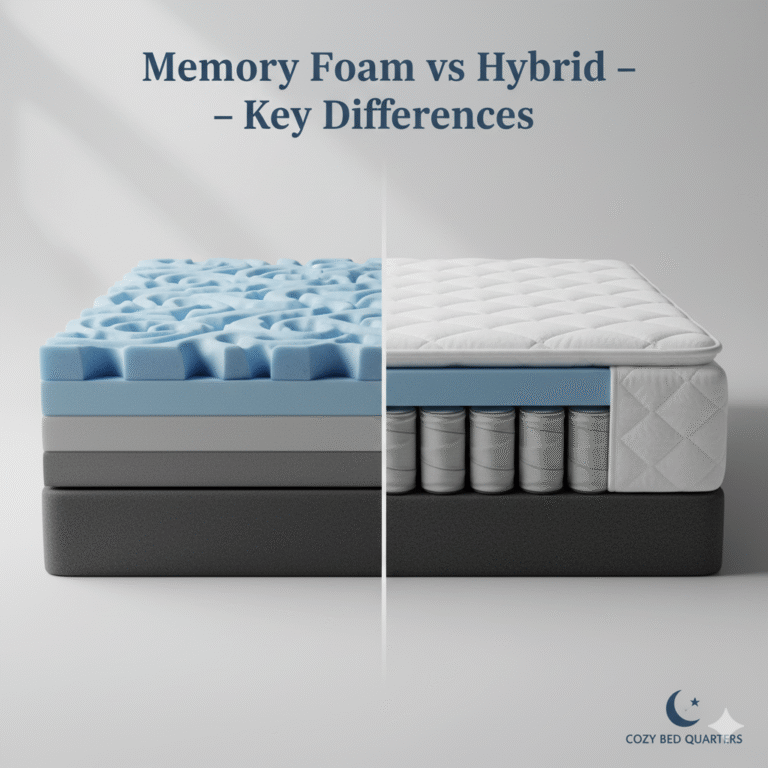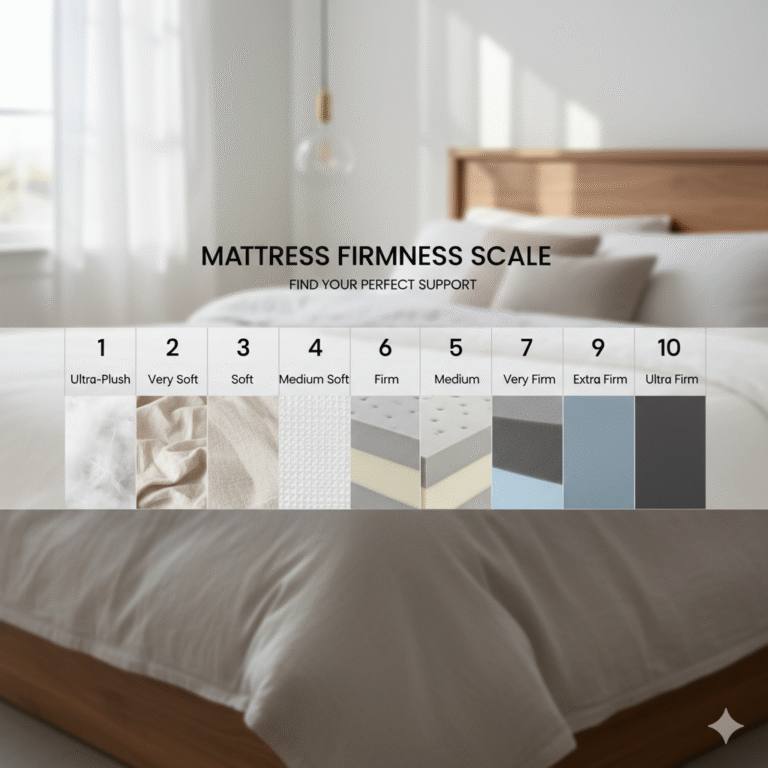Can Bedding and Towels Be Washed Together?
Can bedding and towels be washed together? It’s a question almost everyone faces on laundry day.
The truth: separating them is the smarter choice for fabric longevity, cleanliness, and a cozier sleep environment.
Let’s dive in.
Key Takeaways: Can Bedding and Towels Be Washed Together
- Washing bedding and towels together can damage fabrics and reduce cleanliness.
- Different fabric weights and textures lead to uneven drying and wear.
- Using proper detergent and separate loads enhances softness and longevity.
- Smart sorting means fewer allergens and fresher-smelling linen.
- Choosing the right water temperature is key to fabric care.
Why This Laundry Debate Actually Matters
Short answer first: separating bedding and towels protects fibers and helps everything get truly clean. Towels and bedding collect body oils, skin cells, and dust mites. Washing them improperly leaves allergens behind, reduces softness, and can shorten fabric life. By learning the right laundry methods, you improve your sleep quality, save money over time, and keep fabrics fresh and durable.
What Happens When You Wash Bedding and Towels Together?
In brief: mixed loads cause tangling, rough contact, and compromised settings—your bedding pays the price.
1. Different Drying Speeds Cause Chaos
Towels are thick and dense; bedding is lighter and larger. When washed together, sheets often entangle towels, trapping moisture. This leads to uneven drying and can leave a musty odor even after a full cycle.
2. Towel Fibers Can Rough Up Your Sheets
The coarser texture of towels can cause pilling on delicate bedding fabrics like sateen or percale. This friction reduces the softness of your bedding over time.
3. Different Wash Settings Are Best
Towels typically need hot water and strong spins for hygiene and fluffiness. Bedding—especially linen or bamboo—often calls for gentler cycles. Combining them forces a compromise—usually at the cost of your bedding’s softness.
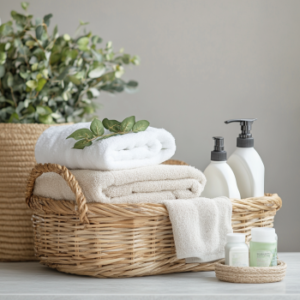
Better Laundry Habits = Better Sleep
Bottom line: wash bedding separately, sort by weight, and dose detergent correctly for cleaner, softer results.
1. Wash Bedding Separately — It’s Worth It
Washing bedding alone ensures proper water flow and prevents tangling. Though it may take extra time, the improved cleanliness and fabric protection make it worthwhile.
Tip: Shake out each sheet before drying to reduce tangling and promote even drying.
2. Sort by Fabric Weight and Type
Divide your laundry by fabric and weight. This prevents fabric damage and ensures optimal washing efficiency:
- Light bedding (pillowcases, sheets)
- Heavy bedding (duvets, comforters)
- Towels and washcloths
3. Use the Right Detergent (and Just Enough)
Use a mild, fragrance-free detergent—especially for bedding that touches sensitive skin. Too much detergent leads to buildup; too little leaves linens dirty. If you’re choosing materials, see our guide to
Best Bedding Materials for Better Sleep for fiber-by-fiber care tips.
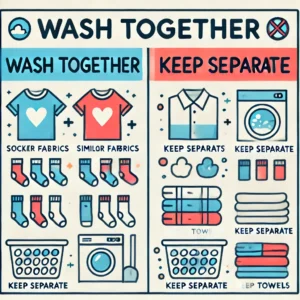
A Quick Myth to Clear Up
Quick take: hot water doesn’t automatically ruin bedding—follow the label and match temps to the fabric.
Myth: “Hot water will ruin all your bedding.”
Truth: Many cotton and microfiber sheets tolerate warm to hot washes. Towels benefit from hot water to reduce bacteria, while bedding often does well in warm or cold settings to avoid fading. Always check care labels for best results.
For more guidance, see
Sleep Foundation’s sheet-washing tips.
Eco-Friendly vs. Conventional Laundry Practices
TL;DR: plant-based, biodegradable detergents are gentler on fibers and the planet; harsh formulas can wear fabrics faster.
Eco-conscious detergents rely on mild surfactants that rinse cleanly, helping sheets stay soft without residue. Conventional options can be powerful but may be too aggressive for delicate weaves over time. If night sweats are a concern, pairing gentle detergent with breathable textiles helps—see our primer on
Temperature-Regulating Bedding.
The Environmental Impact of Washing
Key point: separate loads reduce re-washing, saving energy, water, and time.
Every load uses water, heat, and electricity. When bedding and towels are washed together, tangling and uneven drying can force do-overs. Sorting properly—and drying efficiently—cuts resource use. For practical laundering how-tos from pros, review
Parachute Home’s bedding-care guide
and these expert tips from
Architectural Digest.
Trusted Bedding & Laundry Brands
Snapshot: rely on reputable sources for material-specific care and fabric longevity.
- Parachute Home — practical washing tips for linen and cotton.
- Sleep Foundation — evidence-based sheet-washing guidelines.
- Architectural Digest — editor-approved routines for lasting softness.
Let’s Get Cozy (and Clean) the Smart Way
Answer first: can bedding and towels be washed together? Not ideally—separate for best results.
While it’s possible in a pinch, keeping them separate ensures a cleaner, softer, longer-lasting outcome. If you’re troubleshooting shrinkage or temperature settings, see our quick guide to
Bedding Shrink Washing Temperatures.
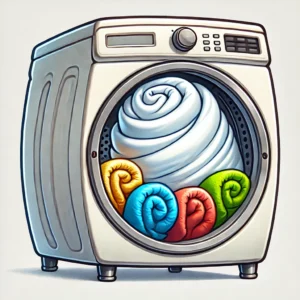
Final Thoughts: Can Bedding and Towels Be Washed Together?
Ultimately, separating bedding and towels is one of the easiest ways to improve your laundry routine. You’ll extend fabric life, reduce allergens, and enjoy fresher, softer linens. For material-specific care and eco-conscious choices, explore our resources on
temperature-regulating bedding
and
best bedding materials.
FAQ
- Can I wash towels with sheets occasionally?
- Yes, but make it rare. Use warm water, similar colors, and avoid overloading to reduce tangling and wear.
- What temperature should I use for bedding?
- Warm water is safest for most bedding. Always follow care labels to avoid shrinkage or fabric damage.
- How often should I wash my sheets and towels?
- Sheets: every 1–2 weeks. Towels: after 3–4 uses. Frequent washing keeps them fresh and hygienic.
- Can mixing fabrics affect machine performance?
- Yes. Mixed loads with varying weights can throw off the spin cycle and lead to under-cleaned items.
Related Reading




